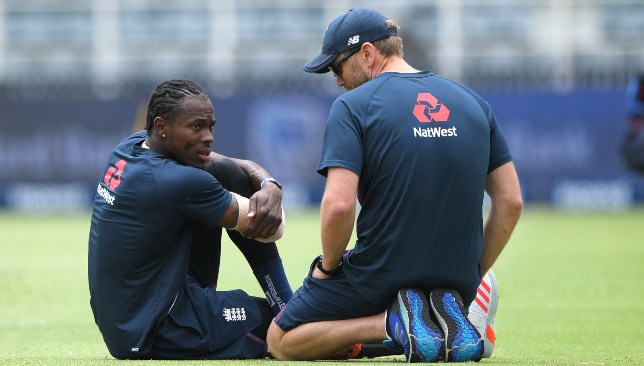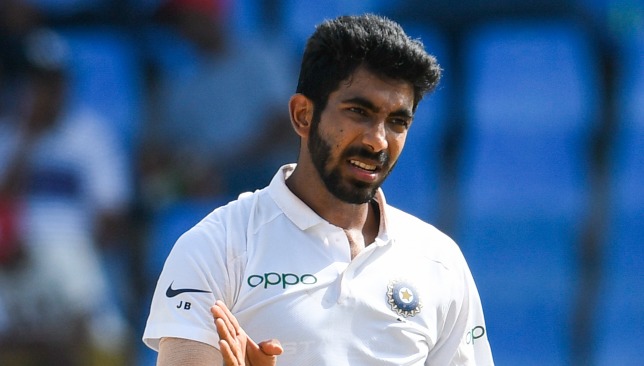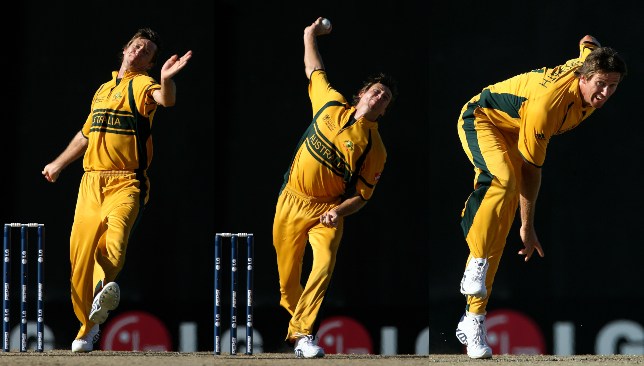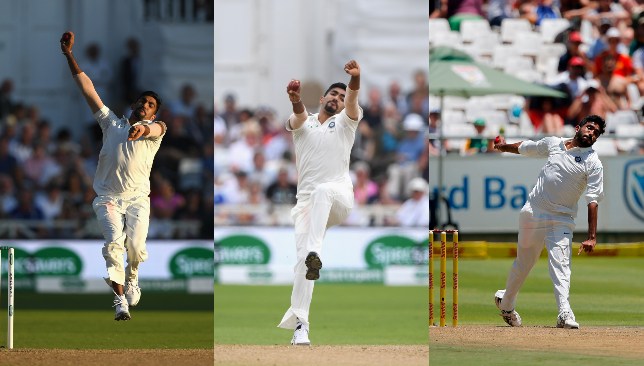
The world of fast bowling is a cruel and punishing one with recent events only enforcing this belief. Just days after Mark Wood played successive Tests for the first time since 2016, England were rocked by the news of a stress injury to their golden boy Jofra Archer.
It is no secret that Archer has been assigned a heavy workload ever since he became eligible to represent England last year, with only Australia’s Pat Cummins bowling more overs than him during the same period.
Archer’s problem – a stress injury of the elbow – will keep him out of the upcoming tour of Sri Lanka as well as the Indian Premier League. Incidentally, Cummins is no stranger to stress injuries which forced him to miss nearly six years of international cricket between 2011 and 2017.
When looking at the most capped Test players of all time, it is not a surprise that just one fast bowler features among the top 12. That bowler is James Anderson and the England veteran endured his share of stress injuries in the early half of his international career.
Stress injuries, primarily of the back, are one of the most common complaints a pacer can sustain over the course of his career. Be it Anderson, Dale Steyn, Kagiso Rabada, Mitchell Starc, Stuart Broad or Josh Hazlewood, nearly every fast bowler has at some point been sidelined with a stress injury.
India’s Jasprit Bumrah has himself only just returned from a lengthy spell out due to a stress fracture of the back.

It does not take rocket science to determine why fast bowlers break down so often. The biomechanics behind fast bowling usually involves a lengthy run-up, a jump and the final act of delivering the ball with a follow-through. The entire motion exerts significant strain on the bowler’s shoulders, back, hips, knees and ankles at the same time.
It is said that roughly the strain of two body weights is put on a fast bowler during the run-up, which shoots up to almost eight body weights during the final act of the delivery. Considering a bowler performs this action 60 times during an ODI match and around 90-120 times in one day of a Test, the overall strain is obvious. It is clearly a demanding job and the repetitive strain over the years is bound to take its toll at some point.
Multiple studies have been conducted over the years to learn why fast bowlers break down so often, and to determine ways to mitigate the circumstances leading up to these injuries. Cricket boards of Australia, South Africa, England and New Zealand, along with independent bodies and sports physiotherapy professionals have conducted their own exhaustive research into this subject.
Most studies conclude that the lumbar spine of a fast bowler carries the biggest injury risk and the history of cricket attests to this fact. Australia know about this more than anyone else with the likes of Dennis Lillee, Brett Lee, Mitchell Johnson and Cummins having their fair share of back injuries during the course of their respective careers. Of late, India are learning about it the hard way with Bumrah and Hardik Pandya both suffering from lower back issues.
Fast-bowling actions are usually categorised into three types. The first and most common one is the side-on bowling technique which sees bowlers land their rear foot parallel to the popping crease at the time of the delivery. The front foot and shoulders are square to the batsman with the head of the bowler looking behind the front arm at the time of delivery. This is usually the most encouraged bowling action among cricket coaches and its exponents include Lillee, James Anderson, Glenn McGrath and Mitchell Johnson.

The second type is the front-on bowling technique which sees its exponents deploy an open-chested posture while loading up for the delivery. Unlike the side-on action, the rear foot is placed square to the popping crease while the head of the bowler is looking inside the raised front-arm. Exponents of this type include South Africa’s Makhaya Ntini and former England pair of Andrew Flintoff and Steve Harmison.

The third type is the mixed-bowling action which usually is some form of a combination of the side-on and front-on techniques. Studies put this action down as the most injury-prone of all types for the strain it puts on the bowlers’ bodies.
Of late, there have been fast bowlers who have completely defied these stereotypes with truly unorthodox bowling actions. Sri Lanka’s Lasith Malinga and India’s Bumrah both fall into this category with their whippy and slingy actions.

As depicted in the examples above, no one action is safe from injury with fast bowlers of all techniques sustaining major breakdowns in their careers.
Altering bowling techniques and run-ups is one way to reduce the risk of injuries with Cummins clearly benefiting from the remodelled action since returning from surgery. To find a motion which places the least amount of stress on the body seems the logical way to go while better workload management and conditioning are other important factors in prolonging the longevity of a bowler.
It is no surprise then that the least injury prone fast bowlers in history have had very economical actions which reduces the strain they endure with every delivery. This includes a gentle run-up and a smooth bowling action which is very physically repeatable.
Courtney Walsh (West Indies)
The Windies bowling great played a staggering 132 Tests for his country with a bowling action which was a joy to watch. A tireless workhorse who also picked up loads of wickets, Walsh made excellent use of his towering height and a simple snap of his hips to bowl fast with unwavering consistency and accuracy.
Glenn McGrath (Australia)
With 124 Test appearances along with 250 ODI matches, McGrath ruled over international cricket with an action as smooth as silk. He didn’t bowl express pace and relied more on his mastery of seam and swing to rack up nearly 1,000 international dismissals over the course of his career. Despite a bowling action which seemed less physically exerting, McGrath still had his share of ankle injury troubles.
Kapil Dev (India)
The all-rounder remarkably missed just one Test in a 16-year career for India and went on to make 131 appearances in total in the five-day format. Like McGrath, Dev was no express pacer himself though he still bowled at a decent clip in the early half of his career. The World Cup winning India skipper has often cited his love for long-distance running as the reason behind his incredible endurance.
Shaun Pollock (South America)
The former South African skipper did not really boast of a completely injury free career, but his economical bowling action saw him play 108 Tests and 303 ODIs for his country. A bowler who could bowl straighter than anybody in the business, Pollock excelled due to his ability to move the ball both ways at a lively pace.
Looking at the aforementioned examples, none of them bowled at express pace for the lengths of their careers. Perhaps relinquishing some speed is one of the requisite trade-offs for less injuries to fast bowlers.
The fastest of bowlers – Brett Lee, Shoaib Akhtar, Dale Steyn, Johnson and Starc – have all sustained multiple injuries over the course of their careers. It is not a trade-off every pacer will be willing to accept though, with the sight of a fast bowler giving batsmen a torrid time at the crease being one of the greatest sights in cricket.
Spinners can tie batsmen in knots, but there is no denying that a cricket ball hurled at nearly 160kph is one that induces wonder and fear in equal measure in fans and the batsman respectively.
Injuries are an ever present risk for nearly every sportsmen, more so for pacers as studies and past evidence have already shown. An injury at some point of the career seems inevitable for any fast bowler coming into the game, and few will be able to escape its wrath.
The two most-capped Test pacers of all time are England’s James Anderson and Stuart Broad with 151 and 138 appearances to their names respectively. Both these bowlers have long given up the shorter formats of the game to focus on red-ball cricket. Also, Anderson and Broad are no strangers to injuries with the former’s troubles of late well documented.
That statistic is enough to tell us that better workload management is going to be key for prolonging the longevity of any fast bowler and it is what cricket boards around the world have wised up to in recent years as well. It is a lesson which Joe Root and Archer will learn real quick too after the latter’s recent setback.